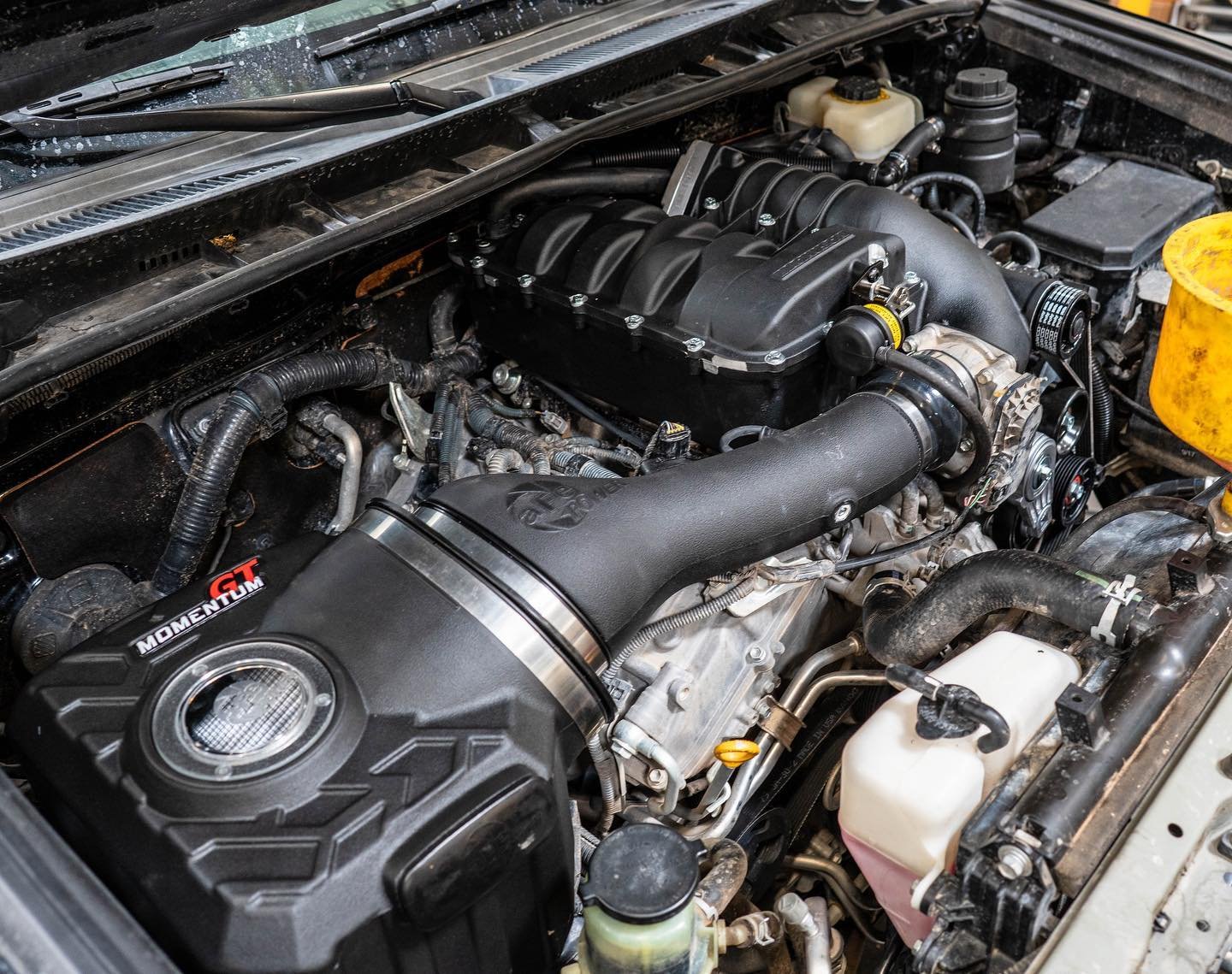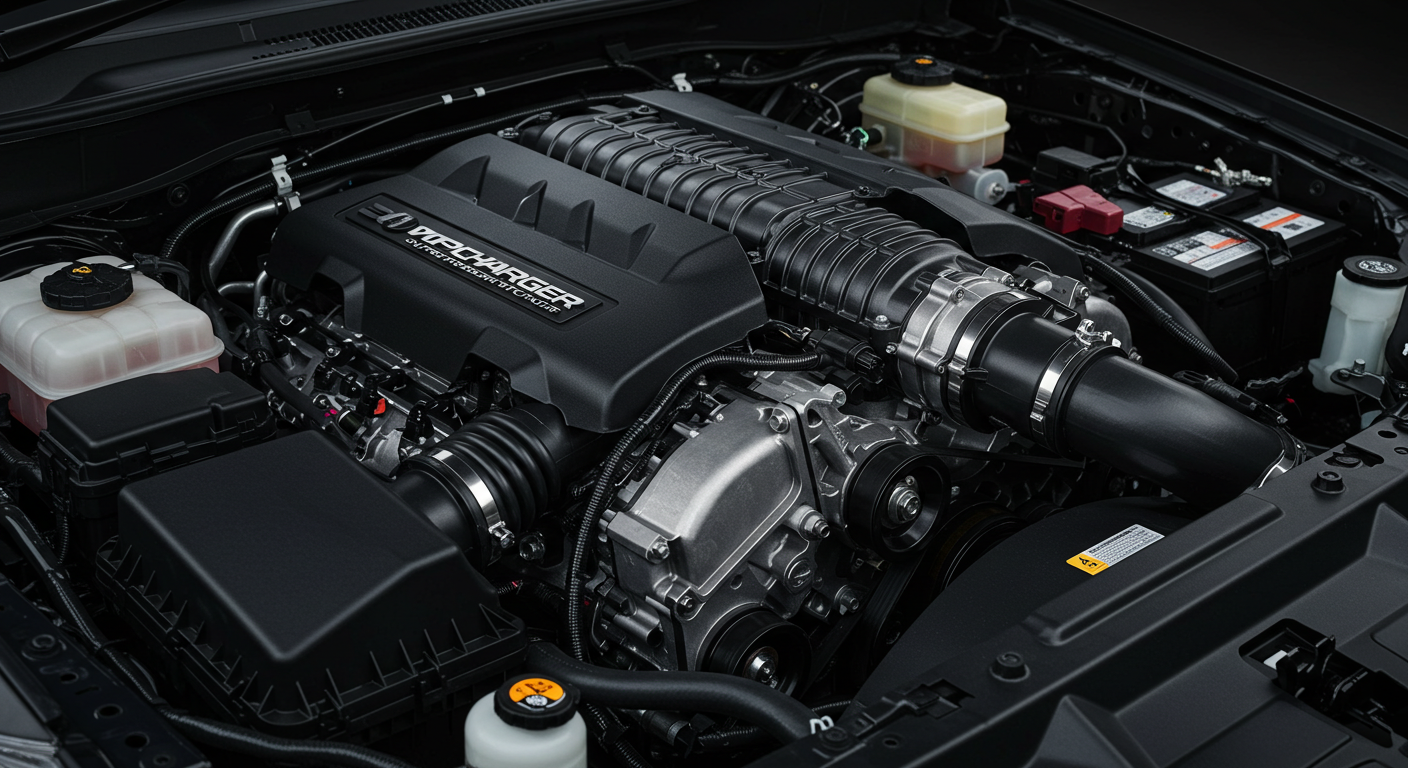Introduction to DIY Oil Changes
Do-it-yourself (DIY) oil changes represent a practical approach to automotive maintenance that empowers vehicle owners to take charge of their car’s upkeep. This process involves several key steps including draining the old oil, replacing the oil filter, and adding fresh oil, all of which can typically be completed in a minimal timeframe. For many car owners, opting for a DIY oil change can not only save money but also provide a sense of accomplishment and a deeper understanding of their vehicle’s inner workings.
Engaging in a DIY oil change requires a few essential tools and materials. Primarily, one needs a wrench or socket set to remove the oil drain plug, an oil filter wrench for changing the oil filter, and a funnel for easy pouring of the new oil. Additionally, purchasing the correct type and quantity of oil is crucial—this varies based on the vehicle model and its specific engine requirements. A protective catch pan to collect the used oil, as well as safety gloves and goggles, will enhance safety during the process. Knowledge about the appropriate oil specifications will further facilitate the DIY experience.
Car owners might consider DIY oil changes for several reasons, including the potential for lower costs compared to professional services and the ability to schedule maintenance at their convenience. This practice allows individuals to feel a sense of independence and pride in caring for their vehicles, which contributes to stronger vehicle maintenance knowledge and skills. However, it is also important to recognize that performing oil changes at home may not be suitable for everyone. Understanding both the benefits and potential drawbacks of DIY oil changes is vital, as improper procedures can lead to costly mistakes or even damage to the vehicle. By weighing these factors, vehicle owners can make informed decisions regarding their oil change practices.
Cost Savings: A Major Benefit
One of the primary motivations behind the decision to perform DIY oil changes is the potential for significant cost savings. When individuals opt for professional oil changes, they often encounter a range of expenses. These can include the cost of labor, which typically makes up a considerable portion of the bill, alongside fees for the oil and the oil filter. On average, a standard oil change at a mechanic shop can range from $30 to $100, depending on the type of oil used and the location of the service center.
In contrast, purchasing the necessary supplies for a DIY oil change can prove to be far more economical. The cost of motor oil and an oil filter can generally be found for about $20 to $40 at local automotive supply stores or big-box retailers. Thus, the one-time investment in these materials often results in substantial savings over time. Additionally, while a DIY oil change requires a bit of time and effort, many car owners find the process to be relatively straightforward, especially with the abundance of online tutorials and guides available.
Moreover, performing oil changes at home allows individuals to better manage their vehicle maintenance schedules. By keeping track of oil change intervals, car owners can prevent future issues related to neglected maintenance, potentially avoiding costly repairs down the line. This proactive approach not only enhances the longevity of the vehicle but also results in a more reliable transportation method.
Over the long term, these cumulative savings can add up significantly, particularly for those who drive frequently or place high mileage on their vehicles. This financial advantage is one of the most compelling reasons to consider embracing the DIY approach to oil changes.
Convenience and Flexibility
One of the primary benefits of conducting DIY oil changes is the convenience it affords car owners. Unlike traditional oil change services, which operate on fixed schedules, DIY oil changes allow individuals to select the timing that best suits their personal and professional commitments. This flexibility is particularly advantageous for those with busy lives, as it eliminates the need to arrange appointments or wait in line at a garage. Car owners can take advantage of their spare time—whether it is on a weekend or during the week—making the process of maintaining their vehicle more manageable.
Furthermore, undertaking oil changes at home provides an additional layer of comfort. Car owners can work in their own space, equipped with all the necessary tools and supplies without the constraints of a mechanic’s shop environment. This means that individuals can take their time to ensure each step is completed correctly, reducing the potential for mistakes that might occur under pressure in a commercial setting. Access to personal tools also means that modifications to the process can be made easily, further enhancing the ease of the task. Troubleshooting becomes simpler as car owners can refer to their own experiences or resources right at their fingertips, rather than depending on a technician’s knowledge.
Moreover, this independence comes with the benefit of financial savings. By opting for a DIY approach, car owners can avoid the labor costs associated with professional services, allowing them to allocate funds to other essential aspects of vehicle maintenance. Although purchasing oil and filters may seem like an upfront cost, the long-term savings on labor can be substantial. Ultimately, the convenience and flexibility of DIY oil changes appeal to many vehicle owners, creating an empowering experience while cultivating a greater hands-on understanding of their automobiles.
A Sense of Accomplishment
Engaging in a DIY oil change can provide a distinct sense of accomplishment that is often missing in routine activities. When individuals take the initiative to change their own oil, they enter a realm of personal achievement. This hands-on task not only reinforces a sense of independence but also enhances the individual’s connection to their vehicle. The act of performing car maintenance independently fosters a profound understanding of automotive care, turning a mechanical operation into a gratifying personal experience.
The infusion of practical skills through hands-on activities can amplify one’s interest in automotive mechanics. By committing to the essential task of changing oil, individuals often find themselves more invested in their vehicle’s performance and longevity. As they realize they are capable of performing such maintenance tasks, their confidence grows. This newfound proficiency encourages further exploration into other aspects of vehicle maintenance, leading to a more involved and knowledgeable car owner.
Moreover, the psychological benefits associated with completing a DIY oil change cannot be underestimated. Successfully executing this task can instill a feeling of pride, which can elevate mood and foster a more positive attitude towards completing future projects. The sensation of accomplishment serves not only as a reward but also reinforces the value of engaging in self-reliance. Understanding the inner workings of one’s vehicle can demystify perceived complexities, empowering the owner and turning routine maintenance into an educational experience.
In conclusion, performing a DIY oil change encapsulates more than just an essential car maintenance practice. It nurtures a sense of achievement, fosters a greater understanding of automotive principles, and strengthens the owner’s bond with their vehicle, making it a rewarding endeavor both psychologically and practically.
Skill Development and Knowledge Gain
Engaging in DIY oil changes presents an invaluable opportunity for car owners to expand their understanding of basic automotive mechanics. By undertaking this task, individuals gain hands-on experience in a critical aspect of vehicle maintenance. This experience fosters a deeper comprehension of how engines operate and the vital role oil plays in ensuring their efficiency and longevity.
Through the process of changing oil, car owners familiarize themselves with various components of the engine, such as the oil filter, drain plug, and oil pan. Consequently, they develop a more substantial grasp of how these elements interact within the engine’s framework. This knowledge not only enhances mechanical understanding but also aids in recognizing potential issues before they escalate into serious problems, thereby contributing to proactive vehicle care.
Moreover, performing a DIY oil change encourages car owners to cultivate essential skills that are applicable to a broad range of automotive tasks. From utilizing the right tools to executing proper procedures, individuals learn best practices that can streamline future maintenance activities. The ability to personally manage such tasks can lead to increased confidence in an individual’s mechanical abilities. Consequently, this skill development can inspire car owners to tackle more complex maintenance and repair work, empowering them to engage more deeply with their vehicles.
In addition to practical skills, DIY oil changes promote an understanding of the importance of regular maintenance schedules, driving home the significance of adhering to manufacturer recommendations. Becoming adept at performing routine tasks establishes a foundation for a lifetime of self-sufficiency in automotive care. By acquiring these skills and knowledge, individuals can ensure that they are not only maintaining their vehicles effectively but are also prepared for future automotive challenges that may arise.
Environmental Impacts
The practice of conducting DIY oil changes carries significant environmental implications that deserve consideration. One of the primary concerns is the proper disposal of used motor oil. When homeowners undertake oil changes, they must ensure that they are compliant with local regulations regarding oil disposal. Improper disposal can lead to severe environmental consequences, including soil and water contamination. Motor oil, if disposed of inappropriately, can seep into the ground, pollute groundwater supplies, and harm local ecosystems.
Conversely, responsibly handling used motor oil can contribute positively to environmental preservation. Many localities offer recycling programs that allow individuals to return their used oil to designated collection sites. This type of recycling ensures that oil is refined for future use, reducing the demand for new oil extraction practices. By engaging in proper oil change procedures and disposal methods, homeowners can help mitigate the ecological impact associated with oil changes, promoting sustainability in the automotive care process.
Potential Drawbacks of DIY Oil Changes
Although performing DIY oil changes can seem cost-effective and convenient, it is essential to consider some significant drawbacks associated with this practice. One of the primary concerns is the proper disposal of used oil. Failing to dispose of oil responsibly can lead to severe environmental problems, including soil and water contamination. Many car owners may not be aware of the regulations governing oil disposal in their area, resulting in unintentional violations that could lead to fines or penalties.
Furthermore, the risk of errors during the process is another consideration. Mistakes, such as overfilling or underfilling the oil, can lead to engine damage that is costly to repair. For those without experience, the potential for misplacing an oil filter or failing to seal it correctly can lead to leaks or other engine issues. A lack of knowledge about oil types and grades might also result in using inappropriate oil, which may further compromise engine performance or longevity.
Time commitment is another factor that could deter some car owners from undertaking DIY oil changes. The process can be time-consuming, particularly for beginners unfamiliar with the necessary steps and equipment. Allocating time to research and gather the specific tools, such as wrenches, oil catchers, and filters, can be an additional burden. For busy individuals or families, the time spent on oil changes may outweigh the benefits of doing it themselves, as professional services often provide a quicker, more efficient solution.
Lastly, the investment in specific tools and maintenance equipment must also be considered. While some items might be useful for future oil changes, the initial financial outlay for high-quality tools may not seem justifiable for occasional car owners. In light of these factors, it’s crucial for car owners to weigh the potential drawbacks against the possible benefits of DIY oil changes.
Safety Considerations
When undertaking a DIY oil change, safety should always be a top priority. Proper personal protective equipment (PPE) is essential to protect oneself from potential hazards. This includes wearing gloves to prevent skin contact with engine oil, as it can be harmful. Additionally, safety glasses should be worn to shield the eyes from any splashes or debris that may occur during the process. Ensuring a safe working environment can significantly reduce the risk of accidents.
Before starting the oil change, it is crucial to elevate the vehicle securely. Using jack stands in conjunction with a hydraulic jack ensures that the vehicle remains stable and prevents accidental falls. It is advisable never to rely solely on a jack, as it may fail. Verify that the vehicle is on a flat surface and that brakes are engaged to add an extra layer of safety.
When handling oil and filters, take care to avoid spills and leaks, as they can pose environmental hazards and create slippery surfaces. Draining oil should be done in a well-ventilated area to avoid inhaling toxic fumes. Consider using an oil catch pan to collect the used oil, making for a cleaner and safer operation. Be mindful of the proper disposal methods for used oil, as local regulations dictate how to handle this material. Many automotive retailers and service stations offer recycling programs.
To further enhance safety during the oil change process, familiarize yourself with the vehicle’s manual for specific guidelines concerning oil types, capacities, and any peculiarities particular to the make and model. Always double-check tools and equipment to ensure they are functioning correctly. By adhering to these safety considerations, the risk of common accidents or injuries can be substantially mitigated, leading to a more efficient and secure DIY oil change experience.
When to Seek Professional Help
While performing a DIY oil change can be a cost-effective and satisfying task for many vehicle owners, there are specific circumstances where seeking professional help is advisable. Understanding these scenarios can save time, money, and potential damage to your vehicle.
Firstly, if your vehicle is exhibiting complex issues beyond a typical oil change, it is prudent to consult a qualified mechanic. Problems such as engine knocking, oil leaks, or unusual dashboard warnings indicate that the vehicle may require professional diagnostic services. These issues often involve more than just an oil change, necessitating expertise that a typical owner may not possess.
Additionally, the lack of necessary tools can hinder a DIY oil change. Professional auto mechanics are equipped with specialized tools that ensure the job is done correctly and efficiently. If an owner does not have access to a hydraulic lift, oil filter wrench, or other key instruments, the risk of improperly changing the oil increases. In these cases, utilizing skilled technicians can provide peace of mind and guarantee that the oil change is executed to industry standards.
Another crucial factor to consider is the warranty status of the vehicle. Many car manufacturers require that servicing, including oil changes, be performed by certified professionals to maintain the warranty’s validity. Owners should always review their warranty agreements before proceeding with a DIY oil change to avoid violating these terms.
Ultimately, knowing one’s limitations is essential. While DIY oil changes can be rewarding, there are times when relying on experts is the best course of action. Seeking professional assistance not only protects the vehicle but also ensures the longevity of its performance, contributing to a safer and more reliable driving experience.
Conclusion and Personal Reflection
In wrapping up the discussion on DIY oil changes, it is essential to evaluate both the advantages and disadvantages that come with undertaking this automotive task. On one hand, performing your own oil change can lead to significant cost savings, as labor charges associated with professional services are eliminated. Moreover, DIY oil changes can foster a sense of accomplishment and deepen one’s understanding of vehicle maintenance. This knowledge may translate into better care for the vehicle over time, potentially extending its lifespan and improving performance.
Conversely, there are inherent drawbacks to consider. The DIY approach can be time-consuming and may require a certain level of mechanical aptitude that not all car owners possess. Additionally, improper disposal of used oil and filters can lead to environmental harm, not to mention potential legal repercussions. Furthermore, attempting a DIY oil change without the appropriate tools or knowledge could lead to mistakes that might compromise the vehicle’s function or safety.
Ultimately, the decision to perform a DIY oil change hinges on personal capabilities, preferences, and situational factors. Readers are encouraged to reflect on their own experiences with vehicle maintenance and to assess their comfort levels when it comes to performing such tasks. Engaging with this contemplation could help clarify whether a DIY oil change aligns with personal abilities and lifestyle. In the spirit of community, we invite readers to share their experiences, insights, or concerns regarding DIY oil changes. Your feedback may provide valuable perspectives for others considering this undertaking, fostering a supportive dialogue on vehicle care practices.







